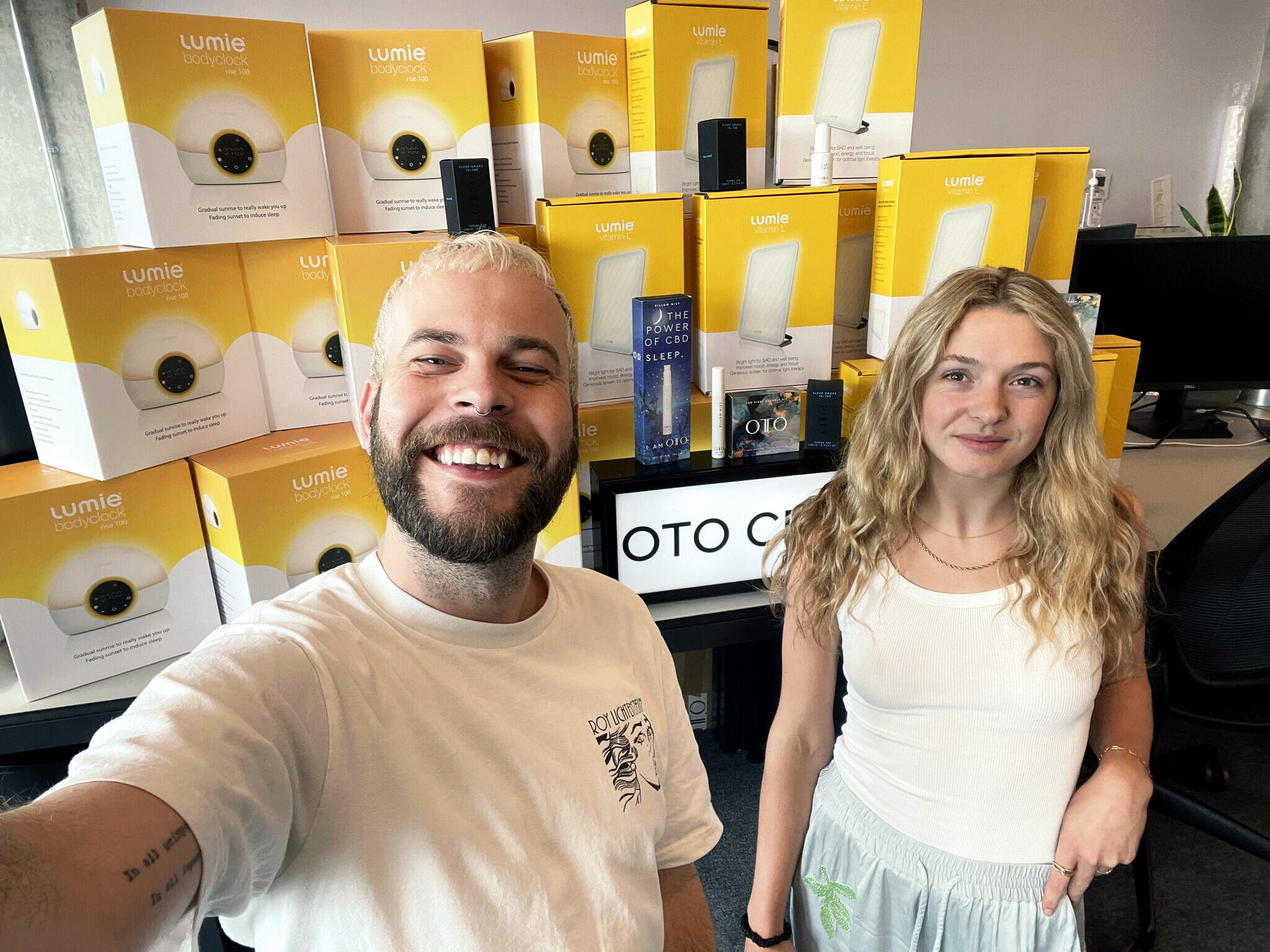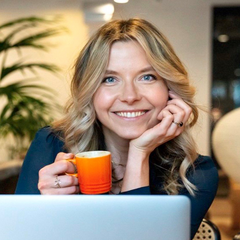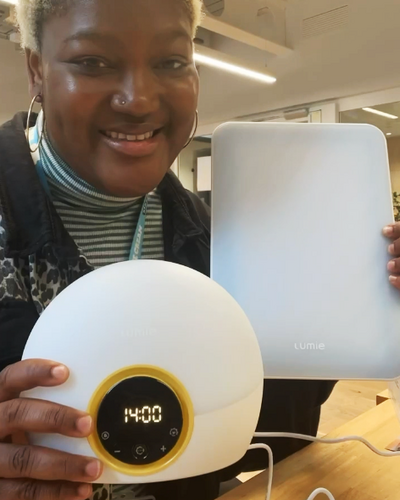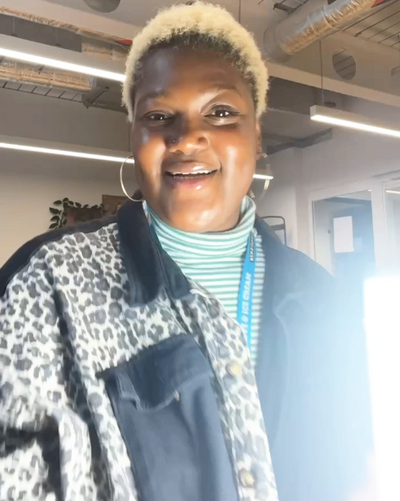Improving Employee Happiness with Light: A Workplace Wellbeing Study

We are delighted to announce the kick-off of our study right in the middle of the International Week of Happiness at Work. Our mission is to help people reconnect with their natural rhythms for best-ever sleep, mood and energy through harnessing the power of light, and we're eager to see the effect it can have not just on the participating individuals, but also organisations and communities they are part of.
Light is the most powerful synchroniser of your inner clock, and the most important role is played by the morning light. Humans have evolved to thrive in an environment abundant in sunlight, the colour, brightness and intensity of which change throughout the daytime hours, guiding human internal rhythms. In autumn and winter, you are likely deprived of sufficient exposure to the right type of light at the right time of day, which can adversely affect your physical and mental health. The 2018 Lancet Psychiatry study of 91,000 people found that a disrupted body clock was linked with higher rates of major depression, bipolar disorder, more loneliness, lower happiness, worse reaction times, and more mood instability. For optimum mood and energy, we all need light as bright as a spring morning on a clear day for around 30 minutes a day and the light must be at least 2,000 lux (the technical measure of brightness). That's roughly four times brighter than even a well-lit office, let alone a poorly lit one!
Lighting interventions for better health and well-being are becoming more and more popular in our always-on, 24/7 urban cultures. Knowing that morning light is particularly important, using a wake-up light such as Bodyclock is fantastic at helping you feel refreshed and ready to get up and go upon waking even in the deepest darkest winter. In less well-lit offices or homes (or pretty much anywhere during the gloomier seasons!), where exposure to strong daylight is insufficient, bright light therapy delivered by lamps such as Vitamin L is the next best thing. It has been shown to play a crucial role in regulating sleep/wake cycles, synchronising the circadian (daily) clock, boosting mood, alertness, performance, and focus, as well as helping alleviate the symptoms of SAD and winter blues.
Our workplace well-being case study aims to investigate the finer details of how using light therapy can offer a sure-fire way to keep one’s “sunny side” up during autumn and winter, as well as improve energy levels, alertness and productivity. Inspired by the increase in focus on corporate well-being and mental health at work in recent years, we sought to meaningfully evaluate the difference light therapy can make not just on people individually, but also on organizations at large. We are joined by amazing and diverse teams from different sectors and cities across the UK: TERN, a social enterprise working to enable refugees to thrive through the power of their own ideas; DUSK, an online luxury beds and bedding store; ZEVERO, a start-up on a mission to accelerate the transition to net zero emissions; and OTO, purveyor of sustainable and research-backed premium CBD products.
Prior to receiving their essential light therapy bundle (Bodyclock Rise 100 and Vitamin L), all participants filled out a detailed survey about their sleep, waking, morning and evening routines, mood, productivity and energy levels, as well as lighting conditions at work and home.
We also asked about “tech hygiene”, and nearly 80% of respondents bring their phone to bed. This statistic is particularly interesting, not least because of the correlation between blue-light exposure at bedtime and poor sleep. It also highlights an incredible (though perhaps not immediately obvious) perk using Bodyclock lights has to offer. With no need to rely on your phone to tell time or to set an alarm, you can kick the habit of scrolling late at night or sending emails from your bed to establish healthier boundaries, improve sleep and mood. For those who work from home, maybe even from one bedroom, it can help draw a line between where the office stops, and the sleep sanctuary begins. To encourage our participants to see these lights as catalysts of positive change, we proposed personal challenges which can be easier achieved with light therapy, such as carving out more ‘me-time’ in the mornings, beating afternoon slumps naturally and sustainably with light rather than caffeine and/or sugar, or banning screens from their bedroom. Over the next six months, we will track the progress and gather feedback from the partaking teams, while providing support and guidance on how to make most of Lumie lights.



